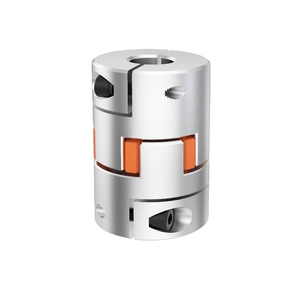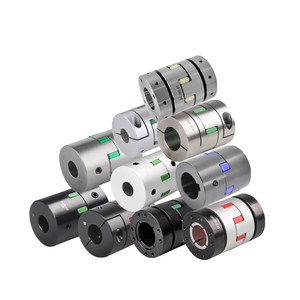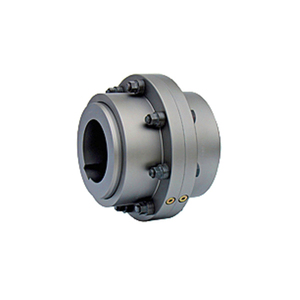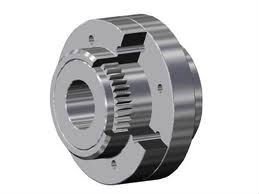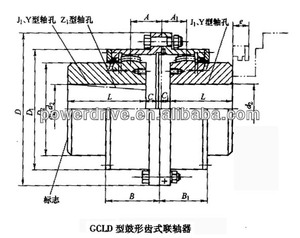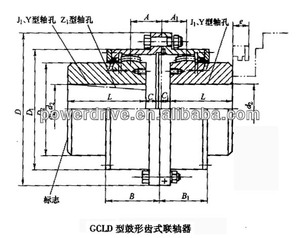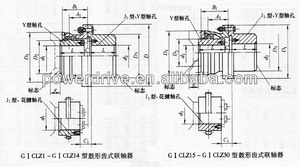Introduction to Motor Coupling Types
Motor couplings are critical components in various mechanical systems, serving the essential purpose of connecting two shafts, allowing for power transmission while accommodating misalignment, vibration, and thermal expansion. Understanding the different motor coupling types available is crucial for selecting the right coupling for your application and enhancing overall system performance. In this guide, we will explore the various types, features, applications, and advantages of motor couplings.
Types of Motor Coupling Types
There are several motor coupling types designed to meet the specific needs of different industries. Each offers unique benefits and is suited for specific applications:
- Rigid Couplings: Ideal for applications where precise alignment is necessary, rigid couplings firmly connect two shafts without any flexibility.
- Flexible Couplings: These types can accommodate minor misalignment between shafts, making them perfect for applications involving vibration or shock. They bring in flexibility and can absorb torque.
- Fluid Couplings: Utilizing hydraulic principles, fluid couplings are excellent for transmitting power while allowing for smooth starts and minimizing torque spikes.
- Chain Couplings: These provide a robust connection through a chain, supporting high torque applications often found in heavy machinery.
- Bellows Couplings: Made of thin-walled metallic bellows, these are flexible but allow for minimal angular misalignment, making them suitable for high-speed applications.
Function and Features of Motor Coupling Types
The primary function of motor coupling types is to create a link between motor shafts, but various features differentiate them:
- Misalignment Accommodation: Many coupling types are designed to handle angular, parallel, and axial misalignments.
- Torque Capacity: Certain designs can handle substantial torque, making them suitable for heavy-duty applications.
- Shock Absorption: Some couplings feature elastic materials or dampening properties that help absorb vibrations and shocks.
- Durability and Material: Depending on the type, materials such as rubber, metal, or composites are used to enhance longevity and performance under varying conditions.
- Temperature Resistance: Various couplings can withstand extreme temperature variations, essential for certain industrial environments.
Applications of Motor Coupling Types
Understanding the applications of motor coupling types is vital for their effective utilization. Here are some common scenarios:
- Manufacturing Equipment: Motor couplings are often used to connect motors and machinery in factories.
- Automotive Applications: In vehicles, couplings play a key role in connecting the engine and drivetrain.
- Pumps and Compressors: Many pumps and compressors rely on specific coupling types to ensure reliable operation.
- HVAC Systems: Motor couplings help in the functioning of various components in heating, ventilation, and air conditioning systems.
- Robotics: Coupling types are critical in robotic applications to link motors with moving parts, requiring precise motion control.
Advantages of Different Motor Coupling Types
Choosing the right motor coupling types can lead to several significant advantages:
- Enhanced Performance: Properly selected couplings optimize performance by ensuring efficient power transmission.
- Reduced Maintenance: High-quality couplings reduce wear and tear on components, leading to less frequent maintenance needs and prolonged lifespan.
- Increased Efficiency: By minimizing energy loss during power transmission, businesses can achieve better efficiency in their operations.
- Cost-Effectiveness: Although initial investments may vary, the right coupling can lead to savings on repairs and downtime.
- Versatility: With a wide range of types available, motor couplings can be tailored to suit various industrial applications, enhancing flexibility in design.




















































































